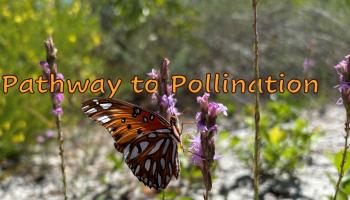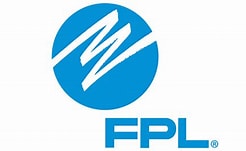Pathway to Pollination

- School:
- Van R Butler Elementary
- Subject:
- STEM Education
- Teacher:
- Patrick Connor
- Cindy Safstrom, Sydni Earley
- Students Impacted:
- 200
- Grade:
- 4
- Date:
- October 7, 2025
Investor
Thank you to the following investor for funding this grant.
The St. Joe Community Foundation - $2,000.00
Goal
Goals:
1) Create a pollinator garden to showcase local biodiversity.
2) Provide students with hands-on opportunities to examine plant structures, environmental adaptations, and insect/plant life cycles.
3) Increase proficiency and mastery of science benchmarks 4.L.16 and 5.L.15
Category
Other -
What will be done with my students
Students will build an outdoor garden with a variety of flowering plant species. Students will coordinate with local master gardeners to plant specific bushes, trees and flowers for year-round blooms. We will also create a walking pathway through the garden with informational signs that display special facts and adaptations of each species. The goal is to attract many of the important Florida pollinators and examine the relationship between plants, animals and agriculture. Teachers and students will begin clearing the grounds and preparing the soil in Autumn. We will also establish trees and bushes to provide filtered sunlight in areas of the garden. During winter, we can start germinating many of these species with seeds and get them ready to plant in the spring. Students will finalize the trail and garden by transplanting the potted plants during the second semester. The pollinator garden project will provide a long-lasting improvement to the campus and impact the way our students see the world. We anticipate that several upcoming classes will have the same opportunities to plant and learn for years to come.
Benefits to my students
We will measure student achievement with the District benchmark test, classroom tests and FAST science data (the Life Science domain was the one of the lowest on Grade 5 Fast Science last year.)
Our focus includes in the following 4th and 5th grade tested standards;
5.L.15.1 Describe how plants and animal survive if an environment changes.
5.L.17.1 Compare adaptations of plants and animals
4.L16.1 Identify processes of reproduction in flowering plants (pollination, fertilization, germination and seed dispersal)
4.L.16.4 Compare the major life cycles of Florida plants and animals
Budget Narrative
Most of our budget will go toward building materials to prepare the ground for planting. We are building over an area with loose sand/clay and no vegetation. Our master gardener volunteers will be able to use cuttings and seeds to establish many of our new plants. Our plant budget also includes enough to get a few larger trees or bushes established early. Teachers and volunteers will provide the tools (shovels, rakes, etc.) required for construction. The path will also include trellises for climbing plants and raised beds to allow students a closer look.
Items
| # | Item | Cost |
|---|---|---|
| 1 | Soil and Amendments | $750.00 |
| 2 | Stepping Stones (pathway) | $100.00 |
| 3 | Water Sources (e.g. birdbath, sprinkler, fountain) | $100.00 |
| 4 | Mulch and Maintenance (fertilizer, landscape fabric) | $200.00 |
| 5 | Miscellaneous Tools or Accessories (e.g. trellis, signage, above ground features) | $150.00 |
| 6 | Native Plants (seeds, saplings, etc.) | $700.00 |
| Total: | $2,000.00 |






Share
Please share this page to help in fulfilling this grant.
Email to a Friend